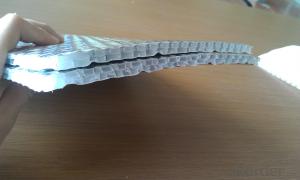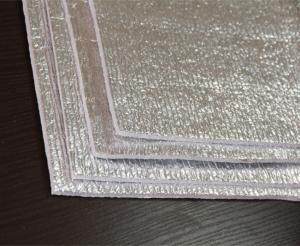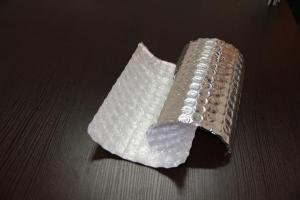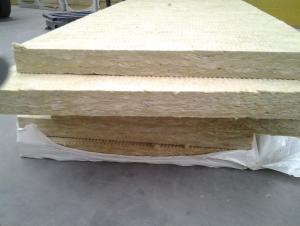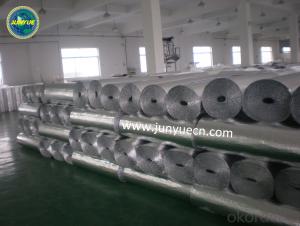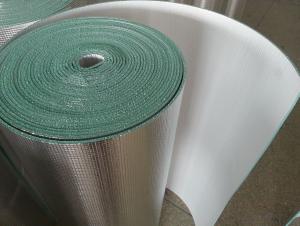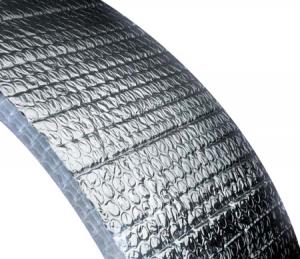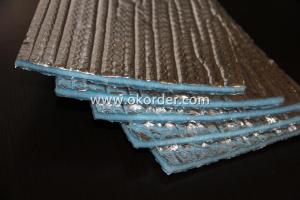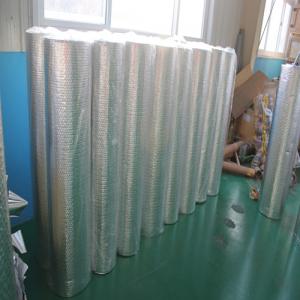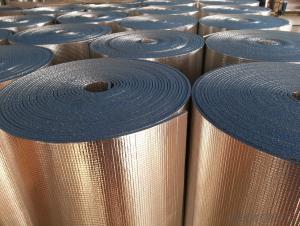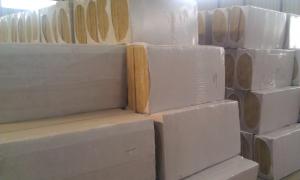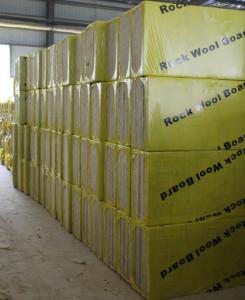heat insulation material for floor
- Loading Port:
- Shanghai
- Payment Terms:
- TT OR LC
- Min Order Qty:
- -
- Supply Capability:
- 5000 m²/month
OKorder Service Pledge
OKorder Financial Service
You Might Also Like
This is a new environmentally friendly aluminum foil bubble heat insulation material, which is soft, light and easy to install. It is made from aluminum foil and polyethylene through special machinery.
Function:
Can be installed on roof, wall or floor, resist over 80% external heat from buildings, protect wall, resist thermal shock and sudden cold, etc.
Characteristics:
1.No odor and toxicity, environmentally- friendly;
2.Moisture barrier, sun-proof, waterproof, good sealing property, heat preservation, energy saving…
3.Heat reflection, heat insulation, sound insulation, anti-radiation, anti-vibration, and shielding;
4.Light, soft, dust free, fire retardant, easy to install;
5.Summer: moisture barrier, sun-proof, heat insulation, saving energy consumed by cool air conditioning ;
6.Winter: heat preservation, central heating saving, and remarkable energy-saving effect.
Product: fireproof material
Technical parameters:
Material structure: AL/bubble/AL | ||
Bubble size: ¢10mm, H 4mm | ||
Bubble weight: 0.13 KG/M2 | ||
Roll size: 1.2M W*40M L (can be customized) | ||
PROPERTIES | Test Data | Unit |
Thickness | 3.5 | MM |
Weight | 256 | G/M2 |
Emissivity | 0.115 | COEF. |
Thermal conductivity | 0.034 | W/M0 |
Apparent Density | 85 | KG/M3 |
Reflectivity | 95-96 | % |
Water Vapour Transmission | 0.013 | G/M2 KPA |
Corrosion | Doesn't generate | |
Tensile strength (MD) | 16.98 | Mpa |
Tensile strength (TD) | 16.5 | Mpa |
Usage:
1. Roof, wall, floor;
2. Shells of air conditioner and water heater;
3. Protective coatings of water pipe and ventilating pip
- Q:What are the roof insulation materials?
- Polystyrene foam is divided into expansive EPS and continuous extrusion type XPS two: polystyrene board full name polystyrene foam board, also known as foam board or EPS board
- Q:I work with rubber roofing insulation. How , other than long sleeves, do I deal with the after effects of being exposed to this insulation.
- Before working rub talcum powder over skin This keeps the insulation from getting into the skin acts like a barrier.. Then when you get home rinse with cold water when rinsed take as hot a you can stand it shower this opens your pores allowing the insulation to come out then afterward rub baby oil over skin to help with irritation. A benydril allergy pill helps with the itch as well.
- Q:or in queensland
- I think it is 10 australian doller per hour of 200 sq yd of roofing .It differ state to state
- Q:Above the trailer roof is a metal pitched roof with no soffit and lots of air-flow. I plan to recess the insulation 6" to allow airflow. There is a suggestion that I need a vapor barrier. If I use a vapor barrier, won’t water collect between the roof and the barrier. I was thinking if using strapping crosswise every 4” to act as a channel for water runoff. Any ideas?
- The roof is already a vapor barrier, you won't need 2.
- Q:So I'm renovating an old farmhouse with a metal roof and there is no insulation in the attic. I was up in the attic checking for leaks since we just got some freezing rain and it is currently melting I thought now was the perfect time to check. I found no leaks but I did notice the roof was sweating with noticeable beads of water in many places and many of the 2x4's that act as the frame were damp, although none were rotted (I found that odd as the house is approx. 140 years old and those are the original 2x4's. I could tell that the attic does have vents so I guess it dries out before rotting or mold occurs.. but makes me wonder if I put down some roll-in faced R-30 Owens Corning Insulation and then add a plywood floor over top if everything will be fine.. or not so fine..
- Is the attic floor completely uninsulated now? You need a single layer of vapor barrier between the living space and the attic space. This is often done with faced insulation rolls. A vapor barrier between the living space ceiling and your new insulation may be enough all by itself to prevent the condensation from forming. If there's existing insulation, you'll have to pull some up to check for a vapor barrier. If there's already a vapor barrier, you can add unfaced insulation. Never put in two vapor barriers with insulation between them.
- Q:We have plenty down at the center, so many, you can carpet a garden. So, since I'll have to tear down the roof and improve the insulation in a few months, I was thinking of adding one extra layer... of emergency blankets. Since they can reflect the sun's heat up, and the heat under it down, will they do that for a whole house? Will the plastic film cause water condensation? If you wouldn't recommend it, then what would you recommend?
- They may help, but as thin as they are, installing them would be about as easy as putting socks on a rooster!
- Q:attic is 400 sq ft.there are 4 round 6'' Vents in soffit,and 2 roof vents-12"x12".Rock wool,blown in,R/30 NO VAPOR BARRIER.Why the mold?no gable or ridge vent either.How do i fix this?There are baffles in attic,rafters are not blocked.
- You still don't have enough attic ventilation. Definitely need more soffit vents. Roof mounted turbine vents that turn in the wind help suck more air through the attic. This coupled with at least one gable end vent should stop further mold. Removing old mold is a hassle, but can be done using diluted bleach in a lawn pump sprayer. A respirator will be needed to ensure you can breathe while applying the bleach solution.
- Q:should thermal insulation ever be applied directly to the underside of a roof top?
- yes its done all the time on metal buildings. works well but expensive.
- Q:I live in central florida. I plan on installing R-30 insulation to the floor of my attic. How effective is it to install reflective insulation to the attic on the roof side? Is it worth the price?
- yes okorder
- Q:on a traditional pitched roof construction,where is heat insulation usually provided?
- The insulation is always placed in the rafters, leaving the rest of the attic space ventilated. That's why it's so important to cover every opening with screen to keep birds and animals out.
1. Manufacturer Overview |
|
|---|---|
| Location | |
| Year Established | |
| Annual Output Value | |
| Main Markets | |
| Company Certifications | |
2. Manufacturer Certificates |
|
|---|---|
| a) Certification Name | |
| Range | |
| Reference | |
| Validity Period | |
3. Manufacturer Capability |
|
|---|---|
| a)Trade Capacity | |
| Nearest Port | |
| Export Percentage | |
| No.of Employees in Trade Department | |
| Language Spoken: | |
| b)Factory Information | |
| Factory Size: | |
| No. of Production Lines | |
| Contract Manufacturing | |
| Product Price Range | |
Send your message to us
heat insulation material for floor
- Loading Port:
- Shanghai
- Payment Terms:
- TT OR LC
- Min Order Qty:
- -
- Supply Capability:
- 5000 m²/month
OKorder Service Pledge
OKorder Financial Service
Similar products
New products
Hot products
Related keywords
